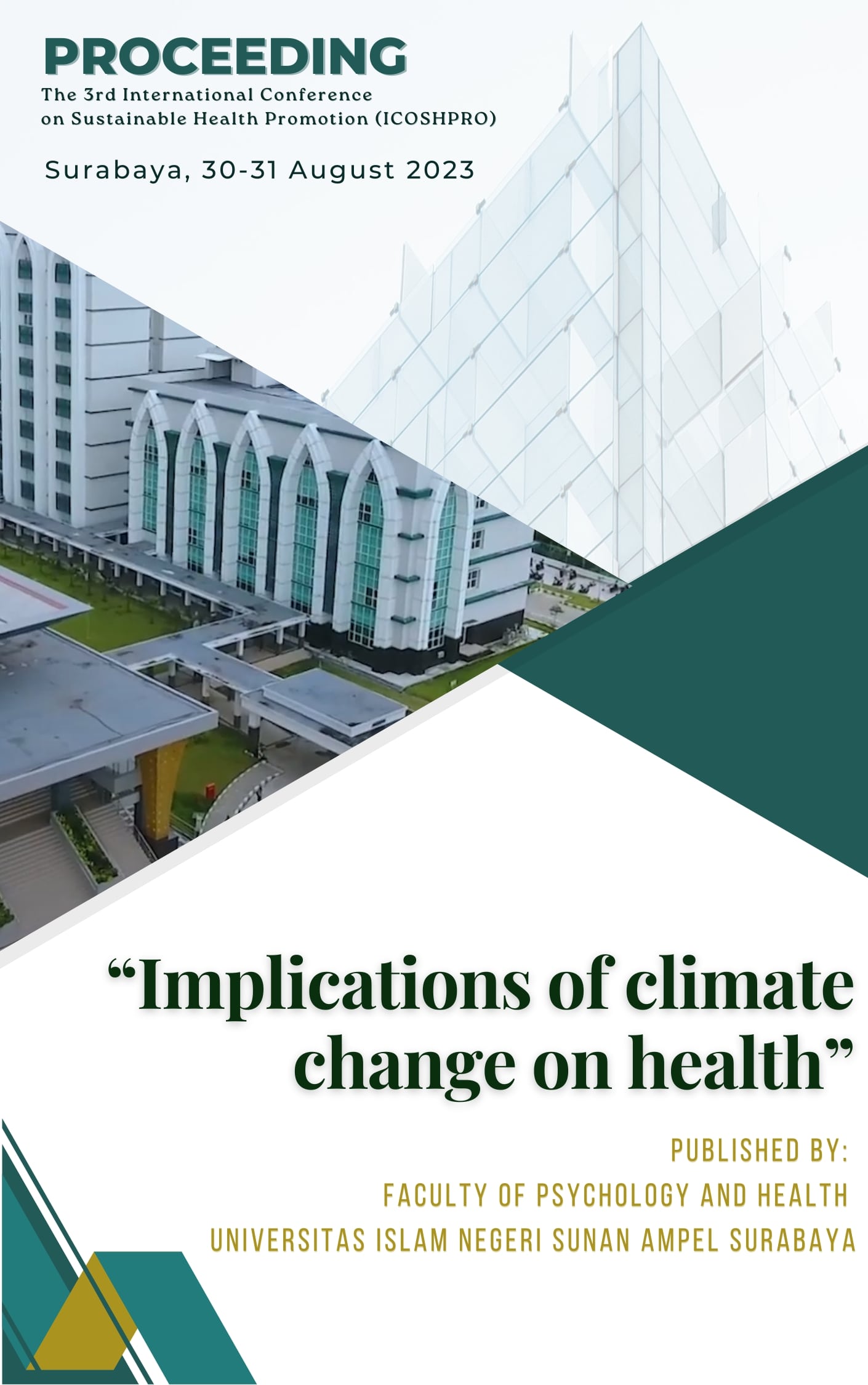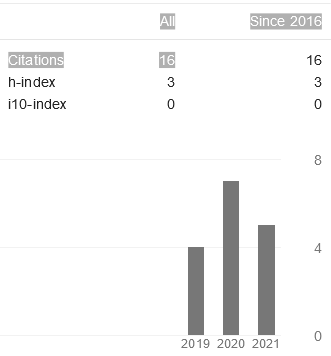Indonesian’s Risk Perception Level of COVID-19 Based Media Type and Media Exposure Delivering COVID-19 News in The Early Stage of the COVID-19 Outbreak
Abstract
The risk perception data of the Indonesian people at the beginning of the COVID-19 outbreak remains undiscovered. In fact, during that period, regardless of the COVID-19 news appearing all the time in all media, Indonesian behaviour did not show any concern about that highly infectious virus. They continued to express normal activities despite the news being everywhere. It seemed the news exposure was meaningless for them. Therefore, this research aims to determine whether exposure to the media about COVID-19 also defines people's risk perception toward the COVID-19 virus during the early stage of the pandemic. This study involved three variables: the type of media used to update COVID-19 news (X1), the frequency of exposure to COVID-19 news (X2) and the public's risk perception of the COVID-19 virus (Y). The 1468 research subjects were Indonesian people who used the media to look out for the development of the pandemic. The data collection tool is the risk perception scale developed by Ropeik (2002). Data was collected online using the Googleform application, which spread to 23 provinces. The study's results were, first, descriptively, during the early days of the pandemic, the Indonesian people's risk perception of COVID-19 was already high and evenly distributed in all 23 provinces despite their behaviour. Second, social media is the most widely accessed type of media. However, the types of media used to update COVID-19 news significantly correlate with risk perception. Third, the frequency of exposure to COVID-19 news in the media and the public's risk perception of the COVID-19 virus are significantly correlated. Meaning that the higher the media exposure, the higher the risk perception of COVID-19 would be - and vice versa. The results will be discussed further.
Copyright (c) 2023 Abdul Haris Fitri Anto, Nuke Martiarini, Luthfi Fathan Dahriyanto

This work is licensed under a Creative Commons Attribution-ShareAlike 4.0 International License.
Authors who publish with us agree to the following terms:
- Authors retain copyright and grant the publisher right of first publication with the work simultaneously licensed under a Creative Commons Attribution License that allows others to share the work with an acknowledgement of the work's authorship and initial publication in this proceeding.
- Authors are able to enter into separate, additional contractual arrangements for the non-exclusive distribution of the proceeding's published version of the work (e.g., post it to an institutional repository or publish it in a book), with an acknowledgement of its initial publication in this proceeding.
- Authors are permitted and encouraged to post their work online (e.g., in institutional repositories, pre-prints sites or on their website) prior to and during the submission process, as it can lead to productive exchanges, as well as earlier and greater dissemination of published work





_page-00011.jpg)
